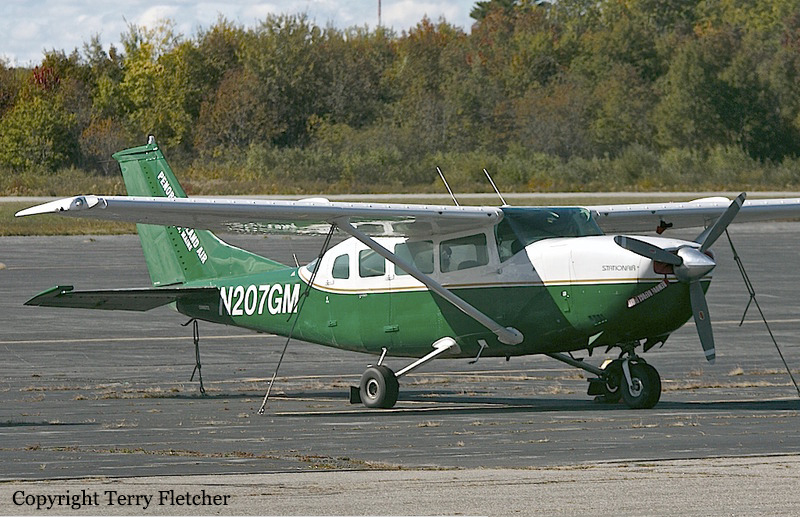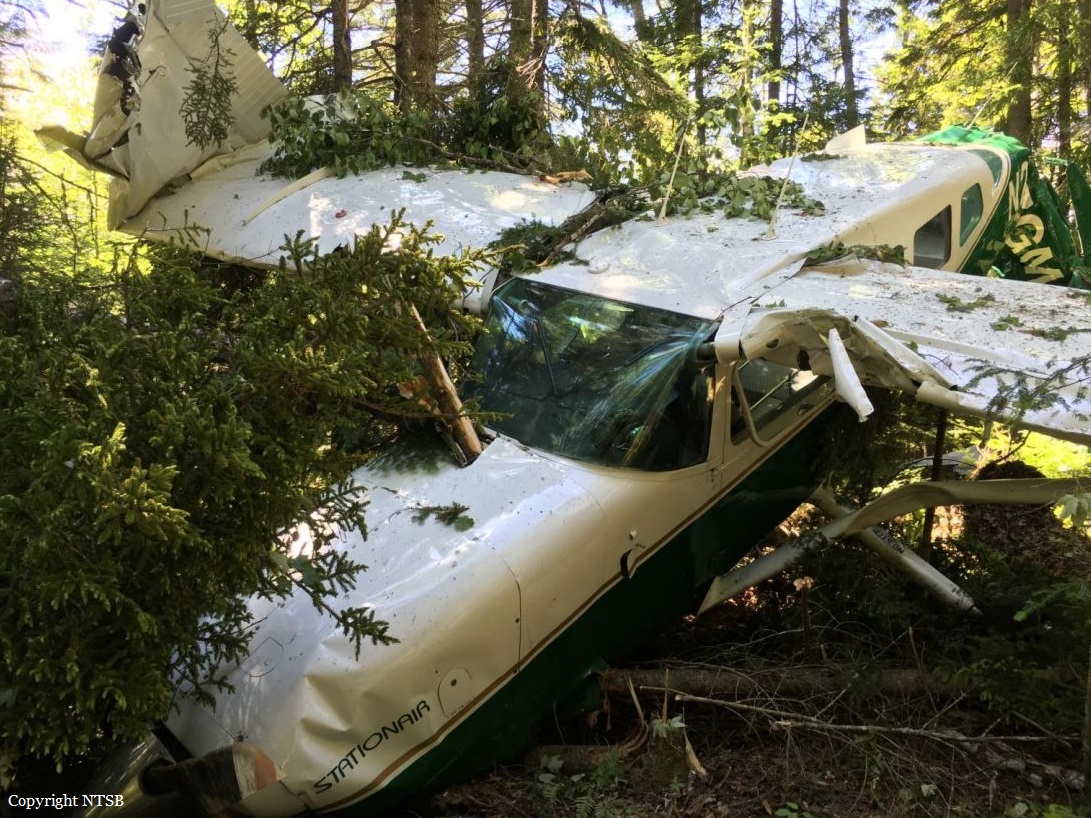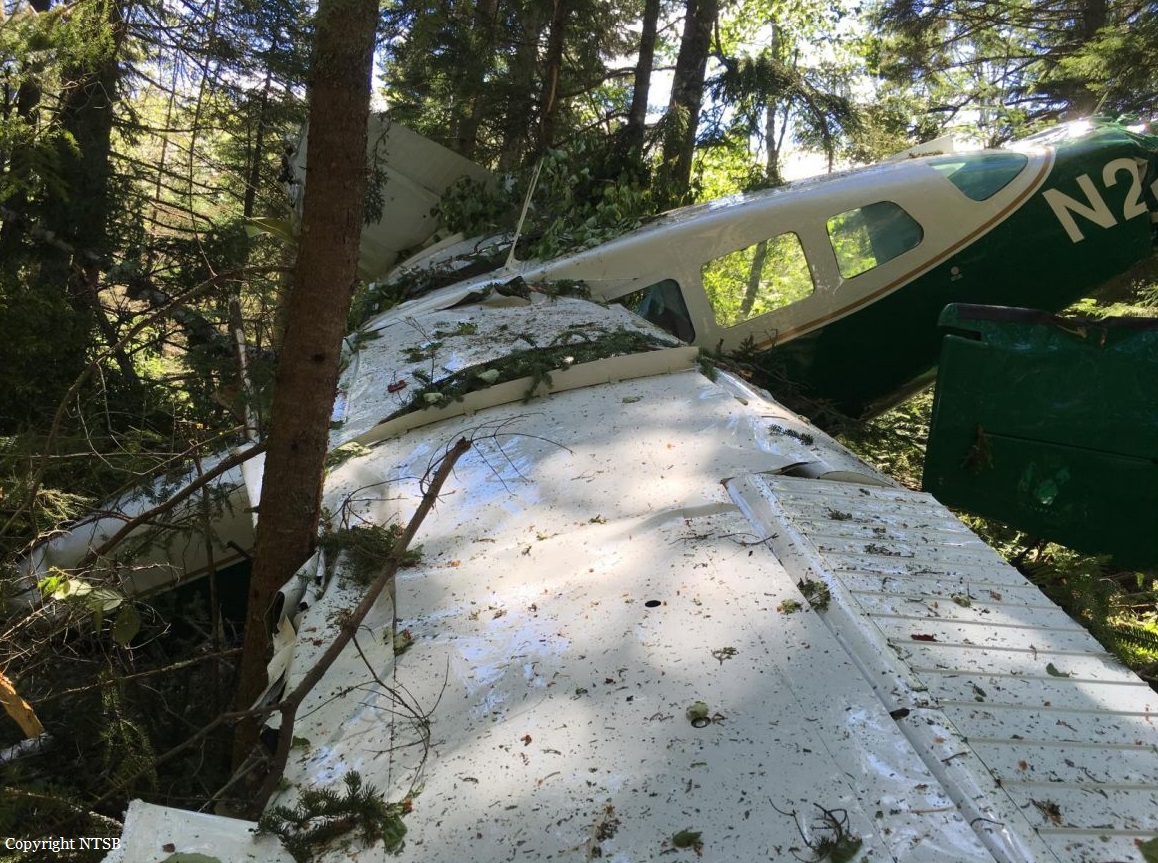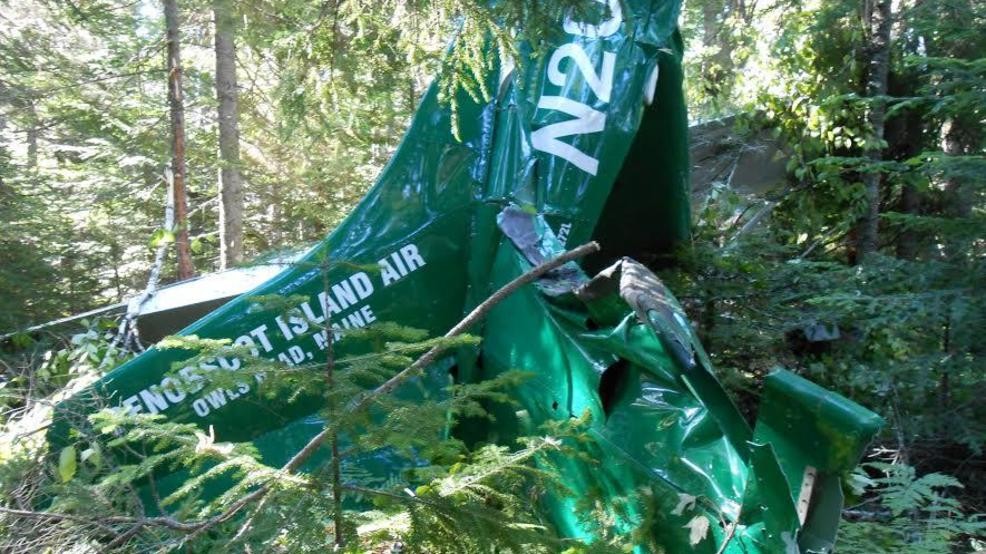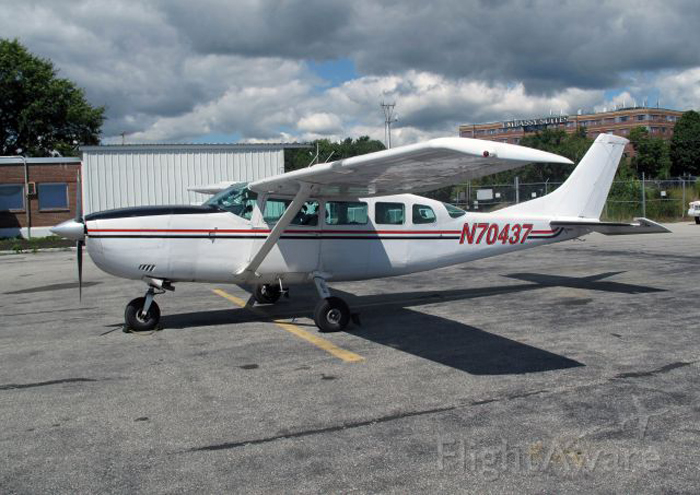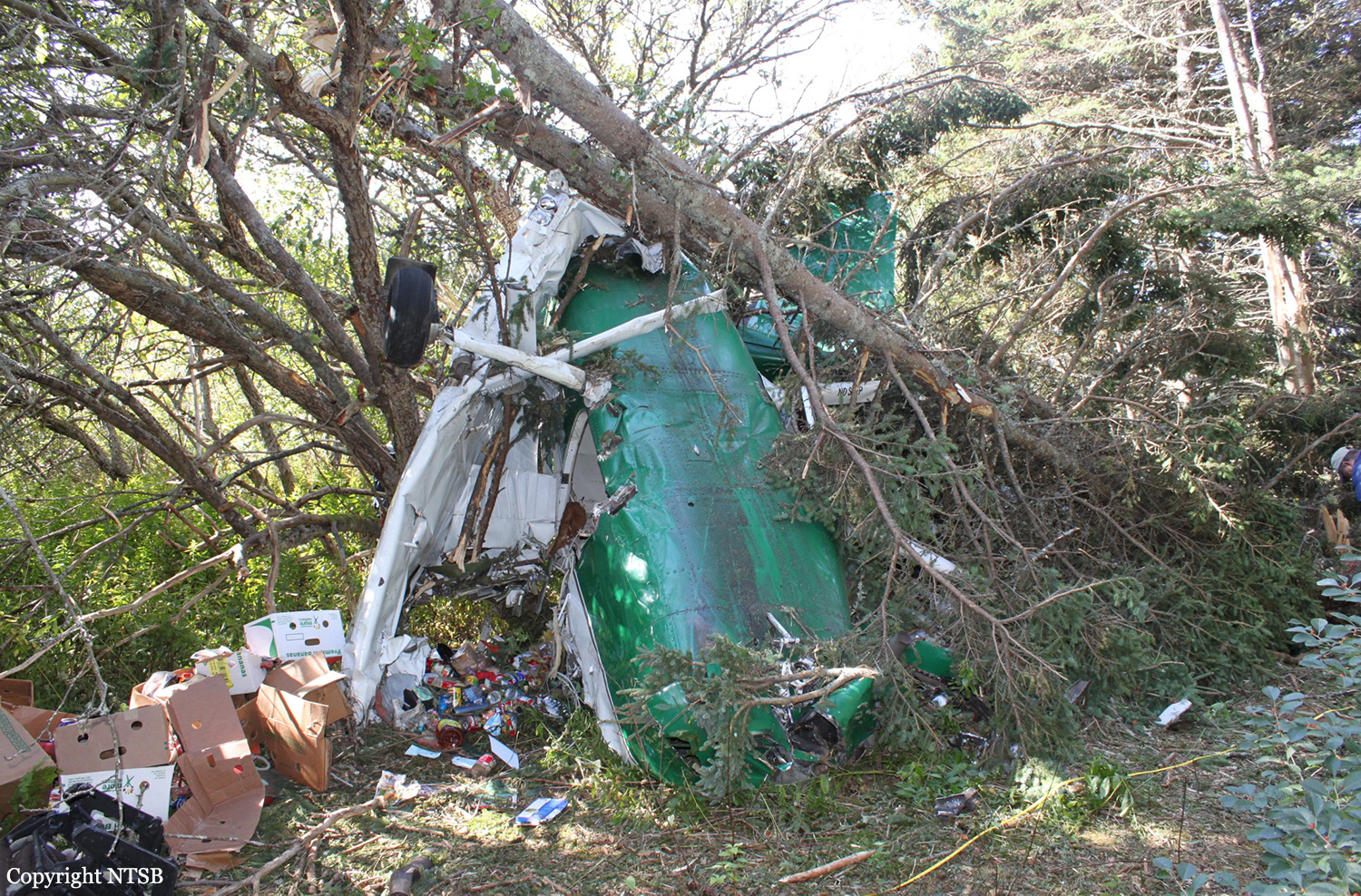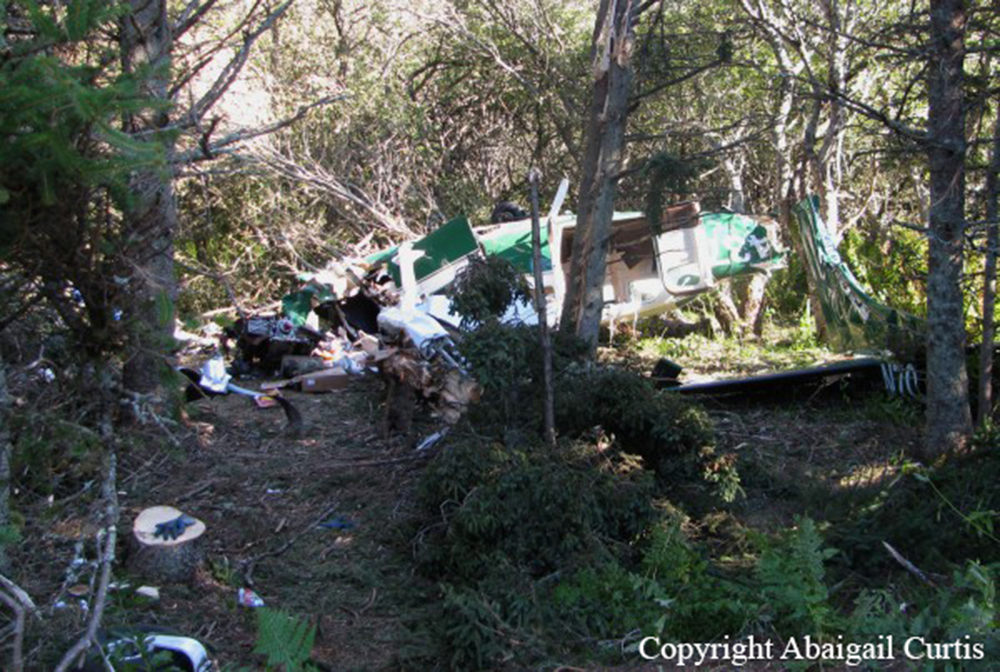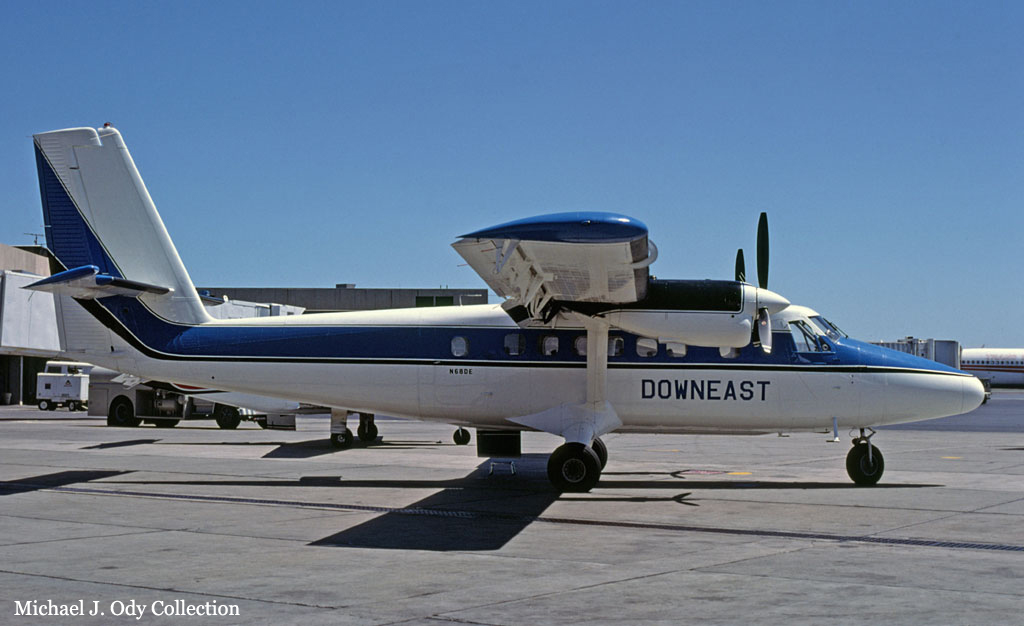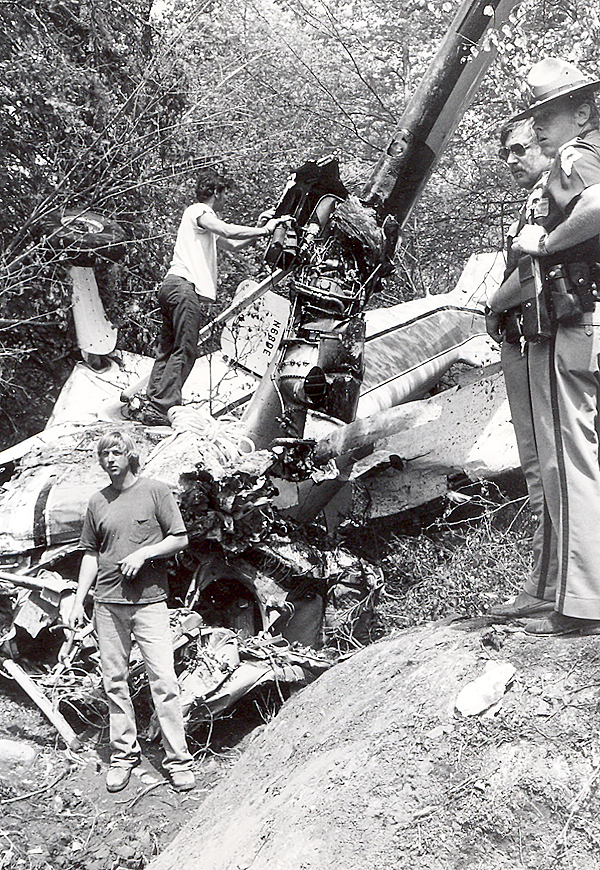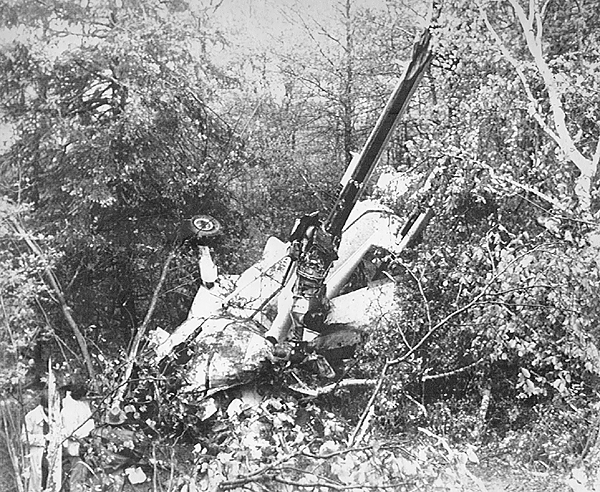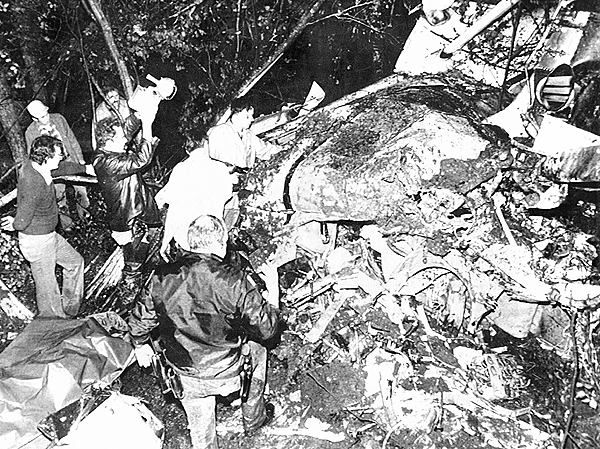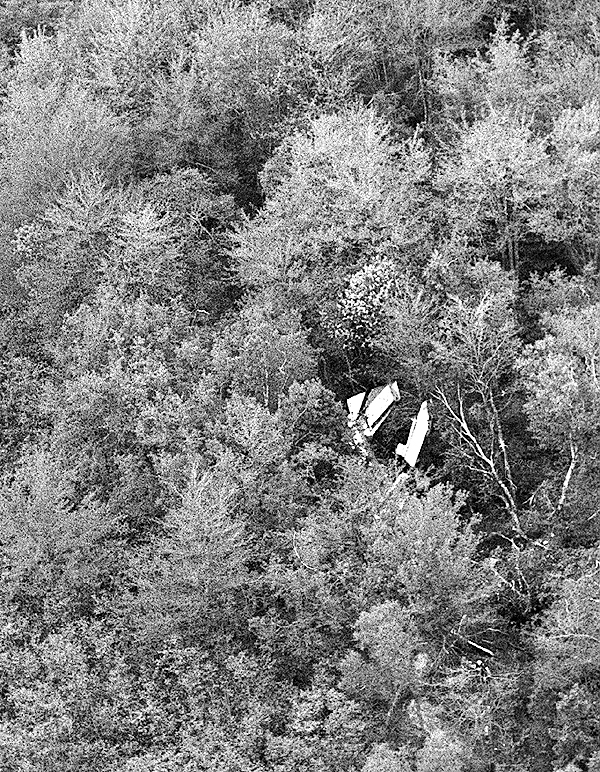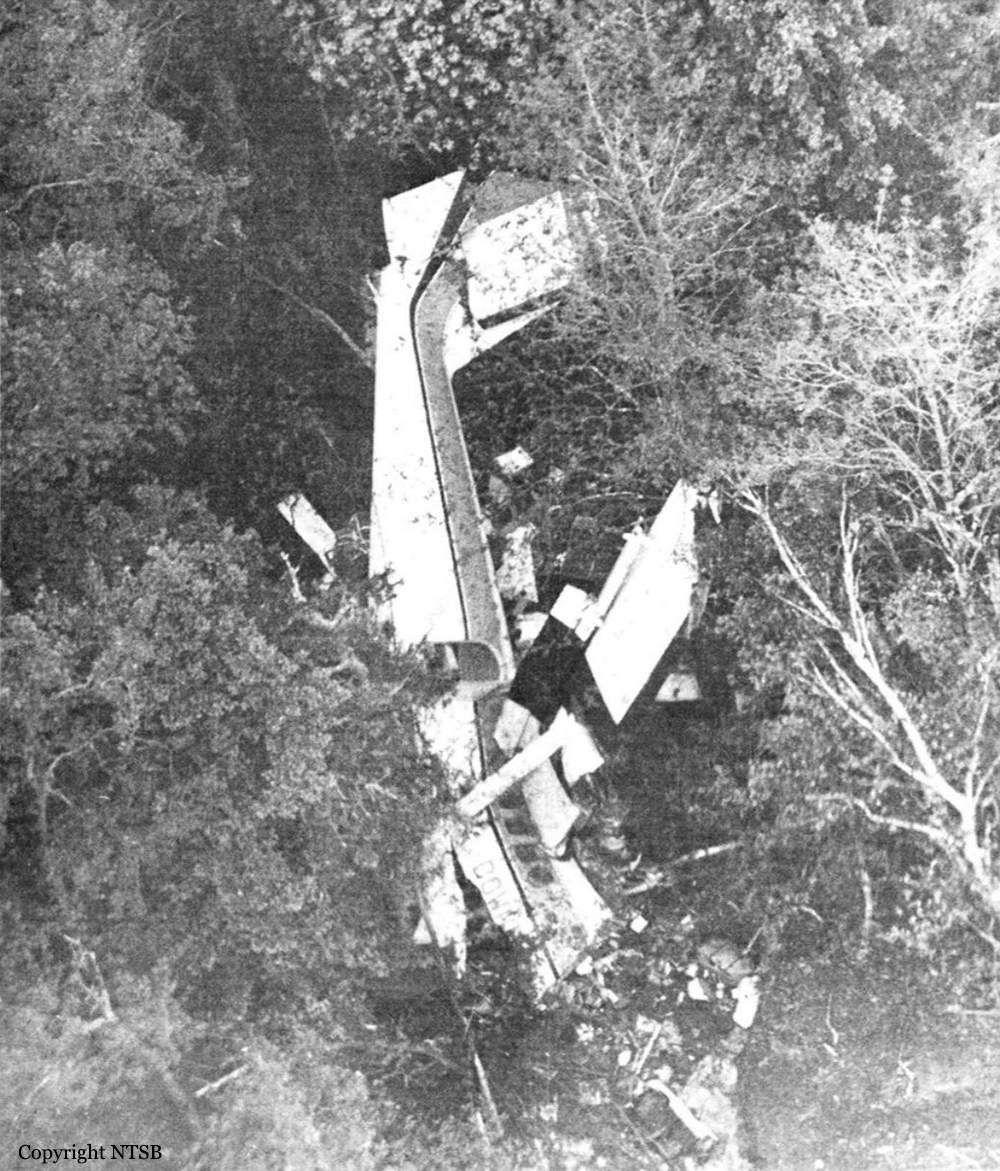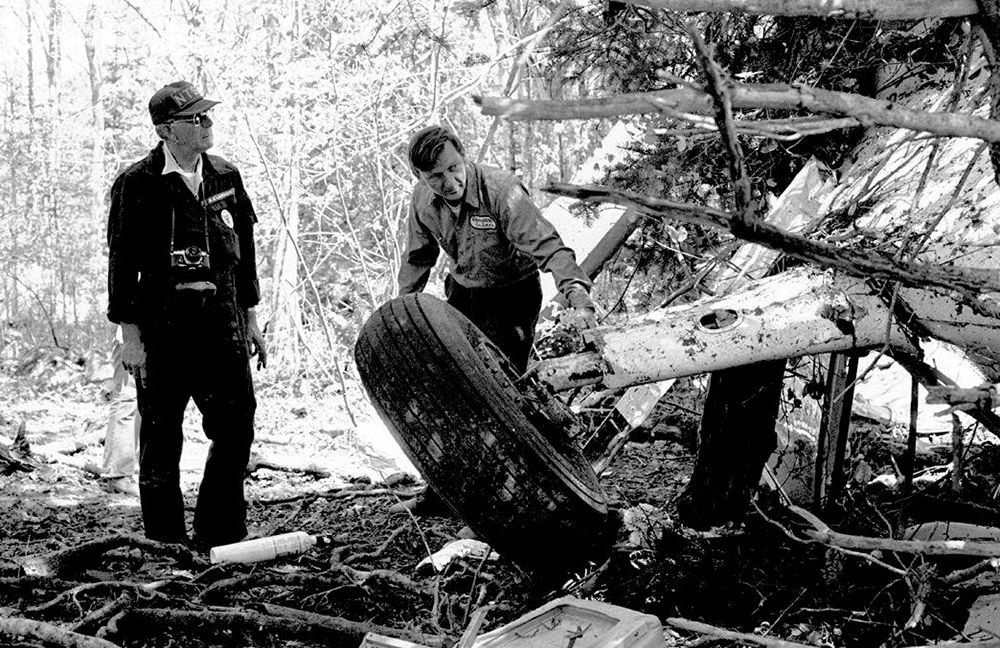Crash of a Cessna 207 Stationair in Vinalhaven
Date & Time:
Jun 26, 2017 at 0741 LT
Registration:
N207GM
Survivors:
Yes
Schedule:
Rockland - Vinalhaven
MSN:
207-0217
YOM:
1972
Crew on board:
1
Crew fatalities:
Pax on board:
0
Pax fatalities:
Other fatalities:
Total fatalities:
0
Captain / Total hours on type:
356.00
Aircraft flight hours:
12458
Circumstances:
The pilot reported that the approach appeared normal, but during the landing on the 1,500 feet long gravel strip, the airplane firmly struck the runway and bounced. He added that the bounce was high and that the remaining runway was too short to correct the landing with power. The pilot chose to go around, applying full power and 20° of flaps for the balked landing procedure. During the climb, the airplane drifted left toward 50-ft-tall trees about 150 ft from the departure end of the runway. Unable to climb over the trees, the airplane struck the tree canopy, the nose dropped, and the pilot instinctively reduced power as the airplane descended through the trees and impacted terrain. The wings and fuselage were substantially damaged. The pilot reported no preimpact mechanical failures or malfunctions with the airplane that would have precluded normal operation.
Probable cause:
The pilot's failure to maintain a stabilized approach, which resulted in a bounced landing and subsequent go-around with insufficient distance to clear trees during the climb.
Final Report:
